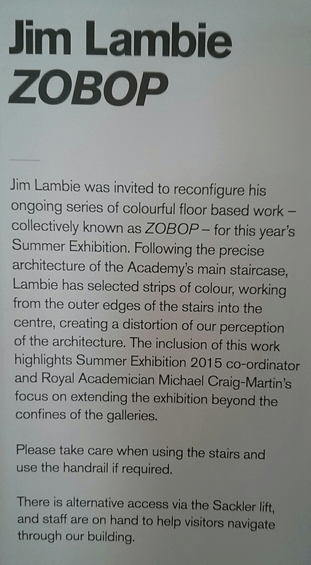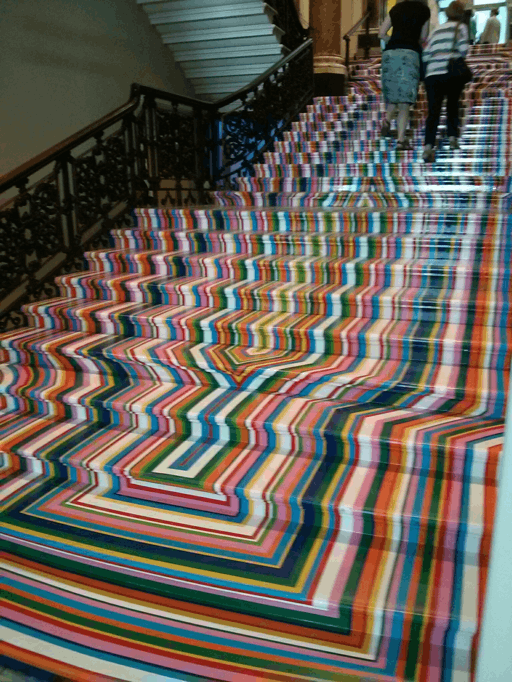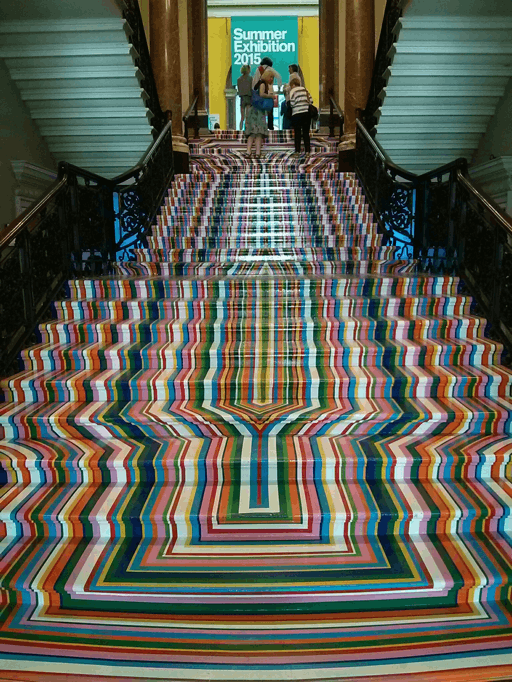Re: Software that makes placemats
Posted: 22:03 Mon 18 May 2015
I agree, or +1, whichever is preferred.flash_uk wrote:I agree - top row should say shipper in full, bottom row should say the name.
A place for those passionate about port, and for those new to it. We hold lots of Port tastings: please join us!
https://www.theportforum.com/
I agree, or +1, whichever is preferred.flash_uk wrote:I agree - top row should say shipper in full, bottom row should say the name.
Punch it Chewie.jdaw1 wrote:I haven’t written the code to have the rows different, but using the usual 5×13 small stickies, with most setting at or near default, the code can already make the following.flash_uk wrote:I agree - top row should say shipper in full, bottom row should say the name. The only potential headache I can see would be with long names on the top row. How would Feuerheerd, Constantino or Gould Campbell get on?
Which hopefully reassures.
Big stickers are for bottles, so not personalised, and have contents of Circlearrays top and bottom. Little stickers are for glasses. Currently littles are double-personalised, Names top and bottom, which is about to drop to single-personalised, Circlearrays at top and Names at bottom. You are deemed not to have sufficiently objected to count as an objection.PhilW wrote:My personal preference would be as per existing detail example (shipper/year abbreviation as main item with person initials above and below), though I have no cogent objection to the planned approach.
It follows the order in the Circlearrays; hence is and will remain under the user’s control. Typically I put first the thing that varies: in a horizontal, the shipper; in a vertical, the vintage.PhilW wrote:Although I am less keen, if providing shipper and year in above/below then shipper preceeding year would look better than year preceeding shipper as currently (i.e. "Feuerheed YYYY" rather than "YYYY Feuerheed").
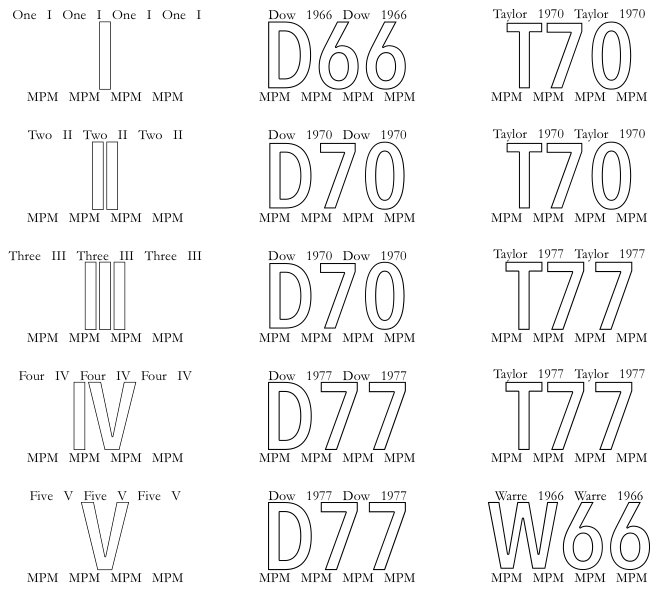
Having thought about this more, I disagree with Phil.[url=http://www.theportforum.com/viewtopic.php?p=90612#p90612]Here[/url] PhilW wrote:No. Final version of placemats is final version, including any errors. Scoresheet (including answers) is Scoresheet. Post-event update of placemats bad.jdaw1 wrote:The placemat code allows the adding of an annotation to glasses (GlassesAnnotations). After a blind tasting, should the placemat then be ‘changed’ to annotate what was what?
We agree. Please allow me to probe your view a little further.flash_uk wrote:Well, the final version of the placemats will still be the final version. Really all you are doing is getting ahead of the curve with an interim print of the labels, and avoiding me wasting some paper when the placemats etc are printed. The content on the pages and labels will be exactly the same in the end, compared to what is in the final pdf.
Assuming this would mean that if you printed said updated pdf, the error would still be shown, then I'd be OK with a non-printing annotation. One could argue that the final placemat pdf is the one stored after the tasting has finished, containing some info about the tasting (including errors discovered etc).jdaw1 wrote:We agree. Please allow me to probe your view a little further.flash_uk wrote:Well, the final version of the placemats will still be the final version. Really all you are doing is getting ahead of the curve with an interim print of the labels, and avoiding me wasting some paper when the placemats etc are printed. The content on the pages and labels will be exactly the same in the end, compared to what is in the final pdf.
Imagine that a placemat has an error, that a Port is mis-labelled (e.g., D78 rather than DB78). Are you happy to add a non-printing annotation as an corrigendum? (Phil isn’t.) Non-printing, but added after the event.
Yes, that is what is meant.flash_uk wrote:Assuming this would mean that if you printed said updated pdf, the error would still be shown
Splendid. We agree.flash_uk wrote:then I'd be OK with a non-printing annotation. One could argue that the final placemat pdf is the one stored after the tasting has finished, containing some info about the tasting (including errors discovered etc).
As Ian has already pointed out, this isn't really an edit of the final placemats. It is simply turning a switch on/off to make printing more convenient. Therefore it is acceptable practice.jdaw1 wrote:Having thought about this more, I disagree with Phil.[url=http://www.theportforum.com/viewtopic.php?p=90612#p90612]Here[/url] PhilW wrote:No. Final version of placemats is final version, including any errors. Scoresheet (including answers) is Scoresheet. Post-event update of placemats bad.jdaw1 wrote:The placemat code allows the adding of an annotation to glasses (GlassesAnnotations). After a blind tasting, should the placemat then be ‘changed’ to annotate what was what?
I’m about to make the decanter labels for the tasting of Sweet-Spot Vintages. When they’re made, I’ll change the placemats to /DecanterLabelsNumCopies 0 def. When Mike prints on the day, with whoever is and isn’t coming appropriately altered, he won’t be wasting the decanter-label pages. After the tasting /DecanterLabelsNumCopies 1 def will be reverted, and that will be the ‘final’ version.
This seems reasonable, at least to me. But it firmly clashes with Phil’s purism.
Further comment?
Would you be willing to see it as proto-paper? Qualities relating to its proto-paper are not to change, but other qualities might change.Glenn E. wrote:simply a data file that's being preserved.
Yes seems fine. Although of course in the SSV case, there are currently only a couple of ports that need a reveal. All the others are known, as we have included sticky labels in the pdf.jdaw1 wrote:Would you go further? For a blind tasting, would you want the reveal to be added, again as a non-printing annotation? E.g., after the SSV should the Roman numbers (I, II, III, IV, …, XII) be non-printingly annotated with Port names?
In theory the VIII, say, could be non-printingly annotated with D70 (or whichever it is). So not “of course”.flash_uk wrote:Although of course in the SSV case, there are currently only a couple of ports that need a reveal. All the others are known, as we have included sticky labels in the pdf.
In my case the discussion is merely theoretical, so my comments should not override those of people who actually make use of the preserved placemats.ps files.jdaw1 wrote:Would you be willing to see it as proto-paper? Qualities relating to its proto-paper are not to change, but other qualities might change.Glenn E. wrote:simply a data file that's being preserved.
(For me, marking errors as such is good. But I am ambivalent about de-blinding.)
At the tasting is paper, not an electronic file. And there is a perfect record of the paper.Glenn E. wrote:while still having a perfect record of that wrongness.
The electronic file could be defined as record of everything that happened, not just of the papers that appeared at the event. By adding the non-printing annotations, are you not giving the Port tasting placemat archaeologists of the future a wonderful audit trail?Glenn E. wrote:...I still feel as if the file should be preserved as it was used. I understand the desire to annotate errors, but in my head I cannot resolve actually altering the file to do so. That "destroys" the historical record. In the perfect world of my imagination, the errors would be annotated in the file storage system so that the Port tasting placemat archaeologists of the future would be able to understand what went wrong while still having a perfect record of that wrongness.
Danger! Danger, Will Robinson!flash_uk wrote:The electronic file could be defined as record of everything that happened, not just of the papers that appeared at the event. By adding the non-printing annotations, are you not giving the Port tasting placemat archaeologists of the future a wonderful audit trail?Glenn E. wrote:...I still feel as if the file should be preserved as it was used. I understand the desire to annotate errors, but in my head I cannot resolve actually altering the file to do so. That "destroys" the historical record. In the perfect world of my imagination, the errors would be annotated in the file storage system so that the Port tasting placemat archaeologists of the future would be able to understand what went wrong while still having a perfect record of that wrongness.
Well, technically we do include Derek's notes when he attendsGlenn E. wrote:Danger! Danger, Will Robinson!
Why not include everyone's tasting notes in the file too, then?
PDF shows what the Ports are, not of what they taste. Your straw man seems to be a substantial step beyond the proposal.Glenn E. wrote:Danger! Danger, Will Robinson!
Why not include everyone's tasting notes in the file too, then?
I would create one version of the placemats, with decanter-labels set to be included.jdaw1 wrote:Having thought about this more, I disagree with Phil.[url=http://www.theportforum.com/viewtopic.php?p=90612#p90612]Here[/url] PhilW wrote:No. Final version of placemats is final version, including any errors. Scoresheet (including answers) is Scoresheet. Post-event update of placemats bad.jdaw1 wrote:The placemat code allows the adding of an annotation to glasses (GlassesAnnotations). After a blind tasting, should the placemat then be ‘changed’ to annotate what was what?
I’m about to make the decanter labels for the tasting of Sweet-Spot Vintages. When they’re made, I’ll change the placemats to /DecanterLabelsNumCopies 0 def. When Mike prints on the day, with whoever is and isn’t coming appropriately altered, he won’t be wasting the decanter-label pages. After the tasting /DecanterLabelsNumCopies 1 def will be reverted, and that will be the ‘final’ version.
This seems reasonable, at least to me. But it firmly clashes with Phil’s purism.
Further comment?
But what if responsibility for printing is likely to be split amongst people? I printing a few (decanter labels) on my home printer; Mike doing the bulk. Would the remaking of the file be easier for Mike, or for whomsoever is sub-delegated the task?PhilW wrote:I would create one version of the placemats, with decanter-labels set to be included.
When printing, I would print the pages I want. Job done, no faffing, one version.
jdaw1 wrote:Are the computer-competent people having a trust issue?
Yes it is a trust issue, though of the users/usage rather than the code. That said, it does depend on the purpose of archiving the placemats electronically.jdaw1 wrote:Are the programmers not confident of the robustness?
The paper should be precisely correct, as it is the paper that is at the tasting. The source (of paper which is PDF, or of PDF which is PostScript) does not appear at the tasting.PhilW wrote:If the goal of placemat archive is to provide a guide/impression, rather than the precise placemats and source used, then rigour could be compromised, though I am not persuaded to do so.
Agreed; however the link to the placemats (in pdf format) is maintained, and should (imo) be the source used to generate (print) the paper placemats used at the tasting. Your suggestion is that the linked pdf could be based on postscript generated after the event; it would then be representative, but not guaranteed to generate identical results (in the sense that any change in source has the potential the change the output, though it may not if well-managed).jdaw1 wrote:The paper should be precisely correct, as it is the paper that is at the tasting. The source (of paper which is PDF, or of PDF which is PostScript) does not appear at the tasting.PhilW wrote:If the goal of placemat archive is to provide a guide/impression, rather than the precise placemats and source used, then rigour could be compromised, though I am not persuaded to do so.
We are edging closer to agreement.PhilW wrote:Agreed; however the link to the placemats (in pdf format) is maintained, and should (imo) be the source used to generate (print) the paper placemats used at the tasting. Your suggestion is that the linked pdf could be based on postscript generated after the event; it would then be representative, but not guaranteed to generate identical results (in the sense that any change in source has the potential the change the output, though it may not if well-managed).
From a formal perspective it's still definitely wrong (no change to .ps/.pdf for archived copy should be allowed once printout is produced from .pdf produced from .ps) and I would much favour the alternative of "just print the pages you want" rather than "have two different source files and hope/intend there is no error such that they would not both produce the same visual output". However, It would represent a pragmatic nominally least-risk method to allow post-tasting modification of .ps/.pdf with least change of unintentional visual change consequence, if one is prepared to breach the primary principle that the archived copy should be precisely what was used to generate the paper copy.jdaw1 wrote:What if my policy were that, post-pasting, the only parameters that may be changed are those that cannot affect the printout (except the log page)? ... Does that policy-and-code provide enough reassurance?
Given your phrasing, I should re-iterate that I am still not persuaded that we should breach the primary principle that the archived copy should be precisely what was used to generate the paper copy (I think we should not). However were you to decide to do so, the approach is subsequently sensible.jdaw1 wrote:Glenn? Are you as persuaded as Phil?
My phrasing was consistent with you being not more than slightly persuaded.PhilW wrote:Given your phrasing, I should re-iterate that I am still not persuaded that we should breach the primary principle that the archived copy should be precisely what was used to generate the paper copy (I think we should not). However were you to decide to do so, the approach is subsequently sensible.jdaw1 wrote:Glenn? Are you as persuaded as Phil?
Given this answer, yes. I'm a as (not) persuaded as Phil.PhilW wrote:Given your phrasing, I should re-iterate that I am still not persuaded that we should breach the primary principle that the archived copy should be precisely what was used to generate the paper copy (I think we should not). However were you to decide to do so, the approach is subsequently sensible.jdaw1 wrote:Glenn? Are you as persuaded as Phil?
There are two levels of “source code”.Glenn E. wrote:Perhaps a more formal source code management system is in order?
[url=http://www.theportforum.com/viewtopic.php?t=175&p=80804#p80804]Here[/url], on Monday 11th August 2014, Glenn E. wrote:+1PhilW wrote:I can't see a significant advantage. The primary benefits of using Sourceforge are to be able to share your code in an online public repository, facilitating multi-user development and version control. Given that your code is a single file, you already have a web server where you make the file public, and you probably want to maintain control of changes, this would seem to offer minimal benefit at this time.jdaw1 wrote:Do any programmers know whether there would be sufficient advantages in moving my code to SourceForge.net? My prior is ‘no’, but I’m willing to be persuaded otherwise.
I believe that is the correct conclusion. I was but suggesting that it might be appropriate to consider the question again.jdaw1 wrote:Summary: no.
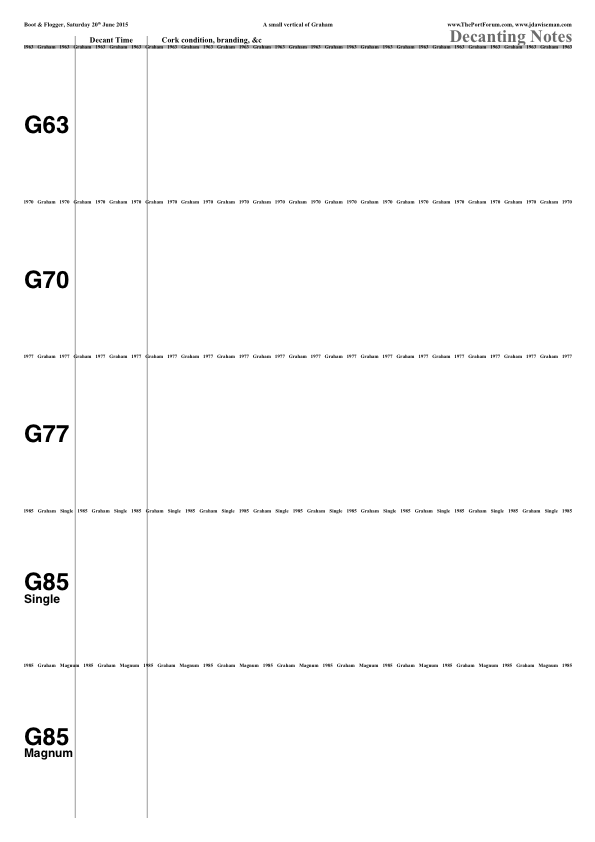
DRT wrote:I think we should keep these. They are useful for very large tastings, …
Consensus: they will be kept in the deck.AHB wrote:I'd like to keep them in the deck.
Note to self: remember. Or automate. Would it be sensible for them appear by default iff there are ≥15 wines (/DecantingNotesNumCopies Circlearrays length 15 ge {1} {0} ifelse def)?DRT wrote:… particularly when we remember to print them.
You have been ignoring it: since mid-February 2008 the code has contained /TastingNotesColumnHeadings [ (Times) (Eye) (Nose) (Mouth) (Score) ] def.PhilW wrote:(possibly an argument for a handy space for it on the normal tasting notes, so we can use/ignore it as per the eye/nose/taste sections).
